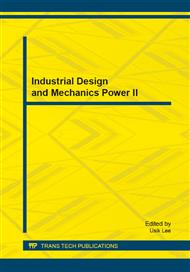p.1005
p.1012
p.1019
p.1023
p.1030
p.1038
p.1046
p.1050
p.1057
EMC Quantity Technologies for Operators' Radiation Safety of Aircraft
Abstract:
This paper presents a method of calculating the degree of EMC-Balance which used to characterize the EMC of the system to solve the problems of the absence of effective methods for pre-view design and the expensive rectification of EMC that always presented in the traditional system-level of EMC in later stage. The quantitative evaluation of operators radiation safety can be achieved by analysing theradiation characteristics of various equipments with the means of weighted summing of discrepancies between the the limits of design requirements and the datas which acquired from themeasurements or simulation results, to reflect the grade of system-level EMC-Balance directly in numerical form. The method can reflect the EMC of operators radiation safety timely during stages of design, development, production, used and maintenance of the systems on the aircraft. It also provides a kind of means of EMC process control during the whole life of the aircraft.
Info:
Periodical:
Pages:
1030-1037
Citation:
Online since:
October 2013
Keywords:
Price:
Сopyright:
© 2013 Trans Tech Publications Ltd. All Rights Reserved
Share:
Citation:


